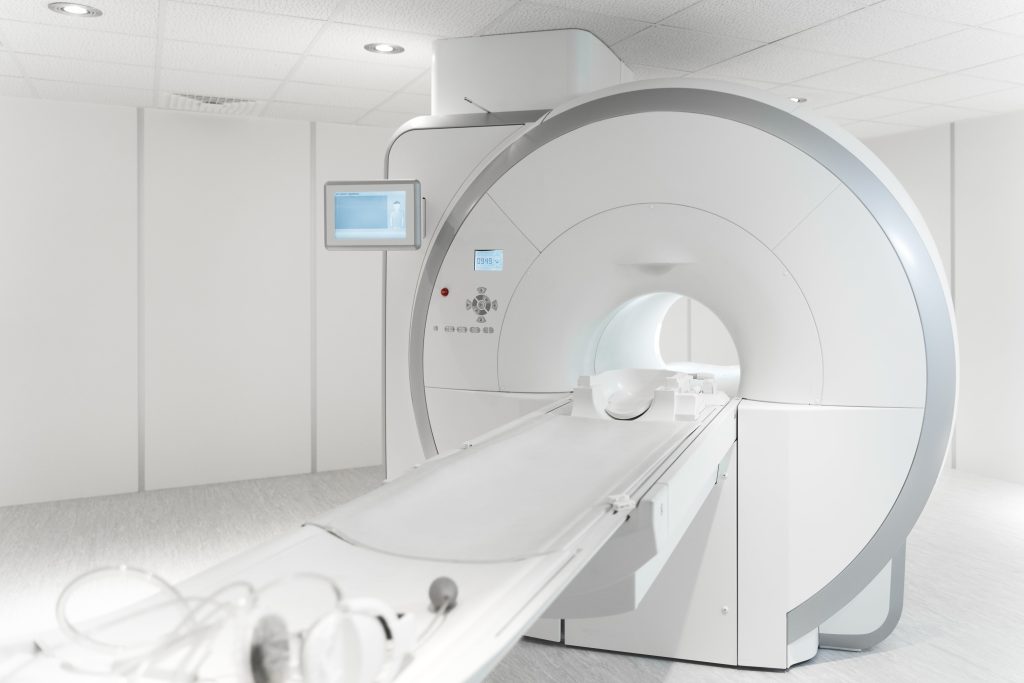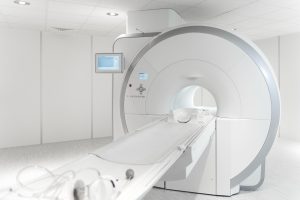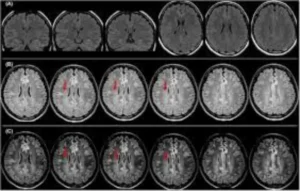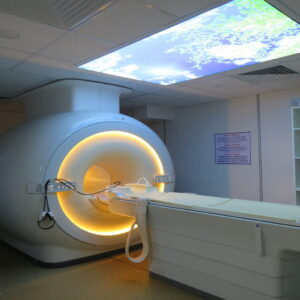
Open MRI vs Closed MRI:
What’s the Difference and Which One Should You Choose?
Whether you’re dealing with back pain, headaches, or an injury your doctor wants to look into more closely, you might be sent for an MRI scan. And then you hear this question:
“Would you prefer an open MRI or a closed MRI?”
If you’ve never had an MRI before, this can sound confusing. So let’s break it down in a simple way.
- Comfort: Which one feels less scary?
|
Open MRI: |
Closed MRI |
|
This type of MRI is much more spacious and airy. You’re not enclosed in a tube, and there’s room on the sides—some machines are even open all around you. Great for people who are claustrophobic (afraid of tight spaces) Easier for children, elderly, or larger-bodied patients You can usually see outside and breathe more freely
|
This is the traditional tunnel-like machine. It can feel tight, especially if you’re a bit anxious or uncomfortable in enclosed spaces. You lie on a table that slides into a tube It can feel noisy, confined, and even a bit isolating Earplugs or music are often given to help with the loud knocking sounds
|
Bottom line: If comfort is your top concern, especially if you’re anxious, an open MRI is usually a better experience.
Image Quality: Which gives better pictures or Images and less likely to miss abnormalities?
|
Open MRI: |
Closed MRI |
|
The magnetic field is usually weaker (often 0.2 to 1.2 Tesla), which can mean lesser clear images For many routine scans, it’s still perfectly fine But if the doctor needs to look at something very small or complex, they may recommend a closed MRI instead
|
Think of this as a high-definition camera for the inside of your body. It usually has a stronger magnetic field (1.5 to 3 Tesla), which means sharper, more detailed images It’s especially good for looking at the brain, spinal cord, joints, or small tumors
|
Bottom line: Closed MRI gives better images and opting open MRI for fear of closed space need to weight against the risk of slightly lower quality images.
· When is each type used?
|
Open MRI: |
Closed MRI |
|
You feel anxious or claustrophobic You’ve had trouble finishing a closed MRI before You have a larger body size The scan doesn’t require super-high detail You’re a child or need to bring a loved one for support |
You need detailed images of the brain, nerves, or internal organs Your doctor is looking for very small changes, like tiny lesions You’re having a cardiac, neurological, or cancer workup
|
Balancing Comfort with Clarity
As we conclude, on Open and Closed MRI, it’s clear that patient comfort and diagnostic accuracy must go hand in hand.
The anxiety associated with confined spaces, loud noises, and the sensation of losing control within a closed MRI machine is completely valid and understandable. For many patients, especially those who suffer from claustrophobia or are part of pediatric or geriatric populations, Open MRI serves as a beneficial alternative—providing a less intimidating introduction to the world of medical imaging.
However, while comfort is crucial, we must not overlook the primary objective of undergoing an MRI: diagnostic accuracy. Closed MRI, despite its spatial constraints, still delivers exceptional image quality, higher field strength, and increased versatility, particularly in neurological, musculoskeletal, and vascular imaging. In numerous clinical situations, it remains the gold standard—not merely by chance, but due to its performance.
Problem to solution:
The key lies not in replacing one with the other, but getting in bridging the emotional gap. Many times, the fear of mind overpowers the rational need of the hour. . A closed MRI, due to its imposing size combined with the anxiety of being alone in a confined space for a significant duration (20-30 minutes), can be quite daunting.
However, Closed MRIs are safe.
· They are designed to provide ample ventilation for your breathing.
· A trained technician will observe and monitor you through a glass window.
· You will receive a buzzer to press if you feel uncomfortable at any point.
CATALYST is dedicated to providing high-quality images while ensuring that “Fear” does not lead you to avoid closed MRI.
- Our team will educate you about the procedure.
- We allow you to become familiar with the process and environment.
- Our technician offers repeated reassurance throughout your experience.
- You can listen to music of your choice during the scan.
- Our MRI gantry features a wider bore for comfort.
- Our MRI is equipped with noise-reducing protocols for a better experience.
CATALYST can help patients move from fear to familiarity—even within a closed MRI.
CATALYST can assist patients in transitioning from fear to familiarity—even in a closed MRI.
While Open MRI offers a more comfortable choice, Closed MRI remains essential for detailed diagnostic imaging. With the appropriate support, even the most anxious individuals can navigate this experience safely and confidently.
Nonetheless, a small segment of patients may still require the support of an Open MRI, particularly those who are extremely obese, elderly, or suffer from severe claustrophobia. The choice between undergoing a closed MRI with sedation versus an open MRI should always be made in consultation with your physician.
Remember: You are not alone—millions of individuals undergo MRIs each year. Selecting the right type can help make the process smoother and less stressful. With the right approach, a closed MRI doesn’t have to be a daunting experience.



